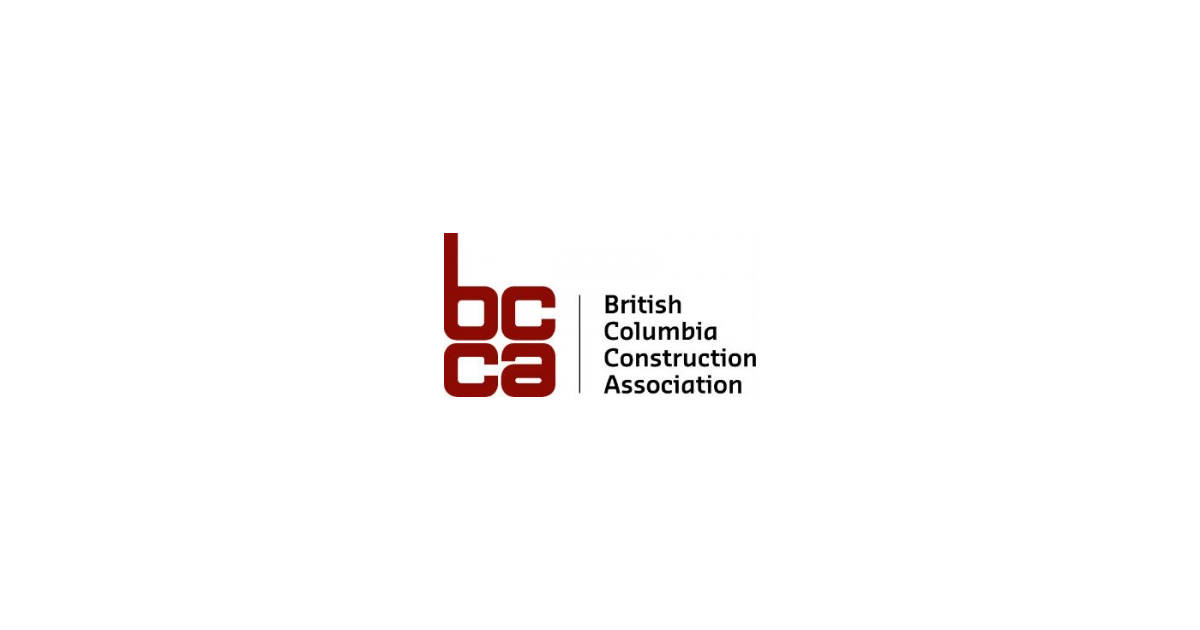Presenteeism — Do You Know What It’s Costing Your Organization?

Sept 17, 2018
By Michelle Branigan
Have you ever been sick but still showed up for work?
Have you ever feared losing your job if you needed to take time off for a family matter or personal issue?
Have you ever worked for a company where being overloaded with work was the norm?
The facts
The more commonly known issue of absenteeism is when there’s a loss of productivity because employees are absent from work. Presenteeism is when employees come to work even when their productivity levels are low. Distracted, worried or unmotivated due to illness, stress, family pressure, or even exhaustion, employees still go to work.
Employers across all industries need to understand the significant impact presenteeism can have on their workforce and bottom line. The American Productivity Audit (a year-long telephone survey of 29,000 respondents) calculated the cost of presenteeism in the United States to be more than US$150 billion a year.
Presenteeism cuts a worker’s productivity levels by one third or more.[1] Having ill or distracted employees at work can lead to errors or safety issues, and can impact the safety and performance of other employees.
The cost of fear
While it’s easy to associate presenteeism with being a workaholic, recent studies reveal this issue is often a result of fear — fear of criticism, lost pay or a lack of job security. Eventually, employees burn out, become too sick to work, suffer emotional and mental stress, or find themselves unengaged and no longer dedicated to their work or their employer.
It’s important that organizations recognize the indirect costs of presenteeism, including:
• reduction in employee productivity
• costs of hiring replacements
• reduction in staff morale
• reduction in employee engagement
• impact on quality of service
The cost of doing nothing is far more expensive than providing employees the right tools and support to combat presenteeism in the workplace. Studies by the Journal of the American Medical Association found that productivity lost at work due to depression or pain was about three times greater than productivity lost when workers were absent due to the same conditions.[2]
The costly problem of presenteeism requires a more strategic solution. Organizations should review current policies, culture, and attendance rates to better understand how the overall wellbeing of their workforce impacts engagement and productivity levels.
Reassess and update outdated policies
Making a business case for more modern policies can provide the evidence needed for executive-level buy-in to update corporate policies. Organizations should review current policies, attendance rates and reasons for absences, pulling together valuable data that gives an accurate picture of what drives their workforce.
In addition to organizational influences, societal and personal influences should also be considered in order to develop policies that make sense for today’s workforce. Factors like mental health, financial status, education levels, gender, age and family situations should not be ignored.
Here at Electricity Human Resources Canada (EHRC) we have flexible work hours, with different starting times for team members who have long commutes and family obligations. The work still gets done, but employees are not stressed about spending three or more hours in traffic while their kids are waiting to be ferried to hockey practice. Other organizations are putting their vacation and sick leave into one pot, so that employees can choose how to use it best.
Be more human
Understanding and compassion are necessary qualities to improve and prevent presenteeism in the workplace. Job seekers are increasingly focused on corporate culture as a key factor in their search for potential employers. Leaders and their organizations need to become more human to appeal to the next generation of candidates. This not only impacts employees but can also strengthen an organization’s brand image.
In a recent article, Senior VP and Chief Communications Officer, Corporate and Public Affairs at TD Bank, John Pluhowski discusses his personal view of human-centred workplaces and how they are increasingly important for success: “Corporate America will not change until significantly more professionals choose to work for purpose-driven brands that offer reasonable family leave and flex-work policies.”[3]
Promote mental and physical wellbeing
Offering screening, education, treatment and support programs focused on overall health and wellbeing can improve and even prevent presenteeism. Providing employees with access to these types of programs (focused on overall wellbeing) also has a greater impact on productivity and customer service than fostering a corporate culture where employees are determined to show up for work despite the toll it takes on their mental or physical health.
Raising awareness and educating employees on mental and physical wellbeing not only provides the necessary support for employees who are already ill, overworked, or stressed, but can identify potential issues early on, allowing individuals to seek proper treatment or even prevent future problems that prevent them from working at full capacity.
Many utilities have educated people leaders on mental health, to help understand prevalence, impact, and approaches to use. Others, such as Hydro Ottawa and OPG, work annually with the Canadian Mental Health Association (CMHA) during their Mental Health Week and are actively engaging with their employees on an ongoing basis to promote employee mental health.
Put people first
Presenteeism isn’t a technical issue that can be easily analyzed and resolved. In fact, the impact presenteeism has on your organization is often difficult to assess and can be challenging to measure. It’s a problem that involves real people. It requires employers to approach policies and corporate culture with a people-first mentality.
These combined actions have the ability to send a powerful messages to employees and industry, as well as, the public at large that organizational inclusion goes beyond rhetoric to something that is vision-driven from a business perspective and value-driven at the cultural level.
Times are changing and organizations must adapt. Electricity may keep the lights on for Canadian businesses, but is your people who are your organization’s heart and soul. Without them you might as well turn off the lights.
Michelle Branigan is CEO, Electricity Human Resources Canada.
Notes
1. “Presenteeism: At Work—But Out of It,” Harvard Business Review; https://hbr.org/2004/10/presenteeism-at-work-but-out-of-it
2. “Cost of Lost Productive Work Time Among US Workers With Depression,” JAMA. 2003;289(23):3135-3144; https://jamanetwork.com/journals/jama/fullarticle/196767
3. “Raising a Voice for Human-Centered Work Policies,” www.linkedin.com/pulse/raising-voice-human-centered-work-policies-john-pluhowski/



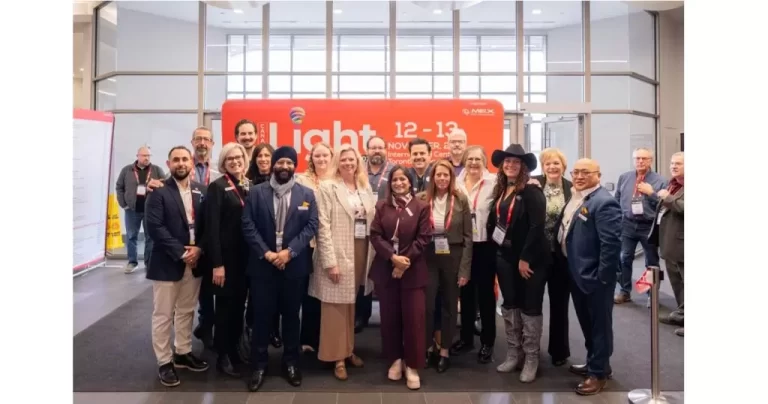
![Guide to the Canadian Electrical Code, Part 1[i] – A Road Map: Section 52 — Diagnostic imaging installations](https://electricalindustry.ca/wp-content/uploads/2022/11/Guide-CE-Code-2-768x432.png)

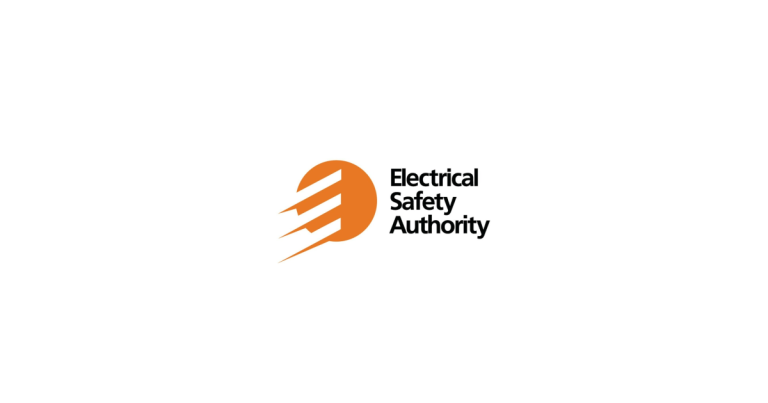
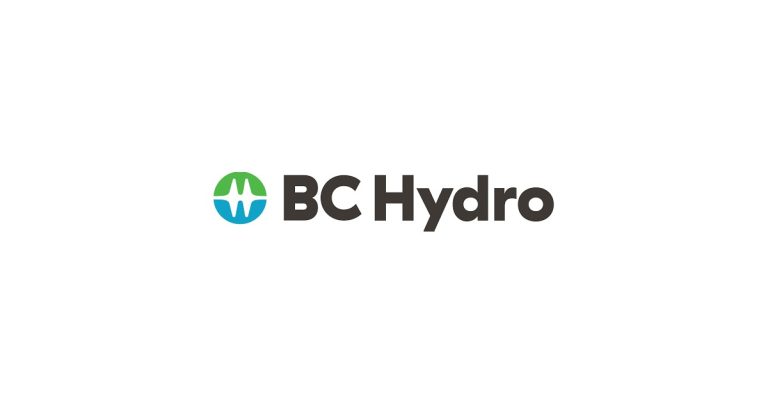

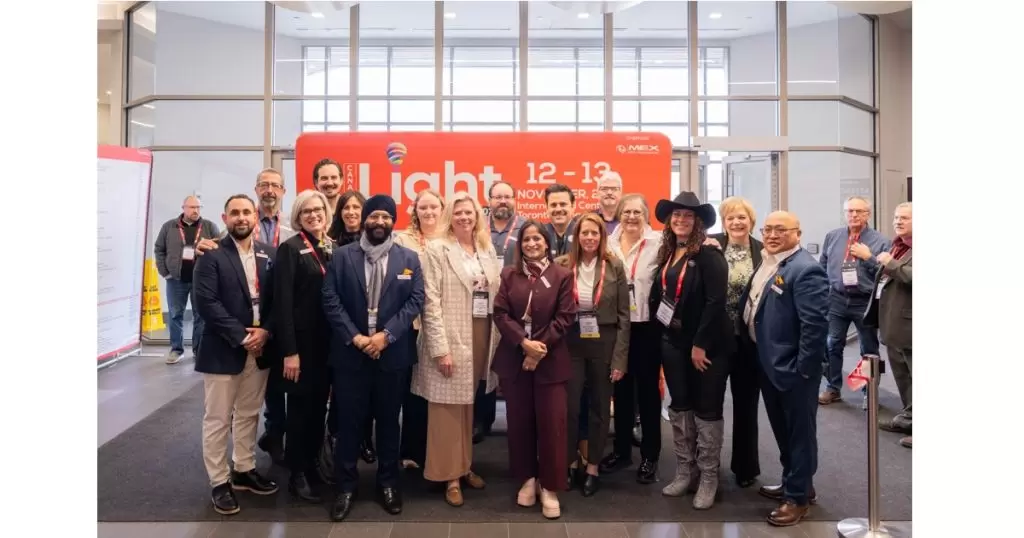
![Guide to the Canadian Electrical Code, Part 1[i] – A Road Map: Section 52 — Diagnostic imaging installations](https://electricalindustry.ca/wp-content/uploads/2022/11/Guide-CE-Code-2.png)





